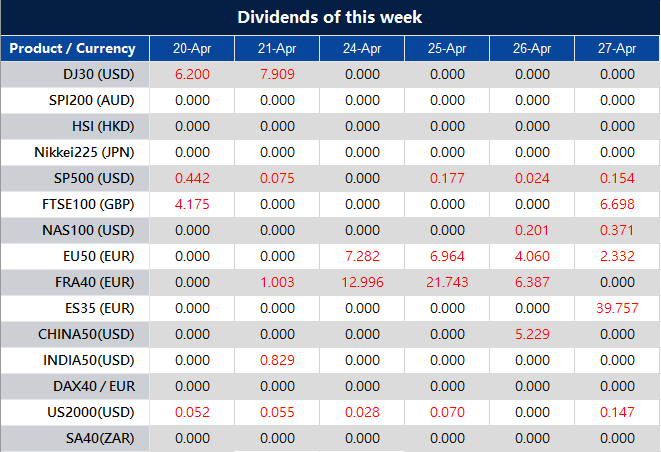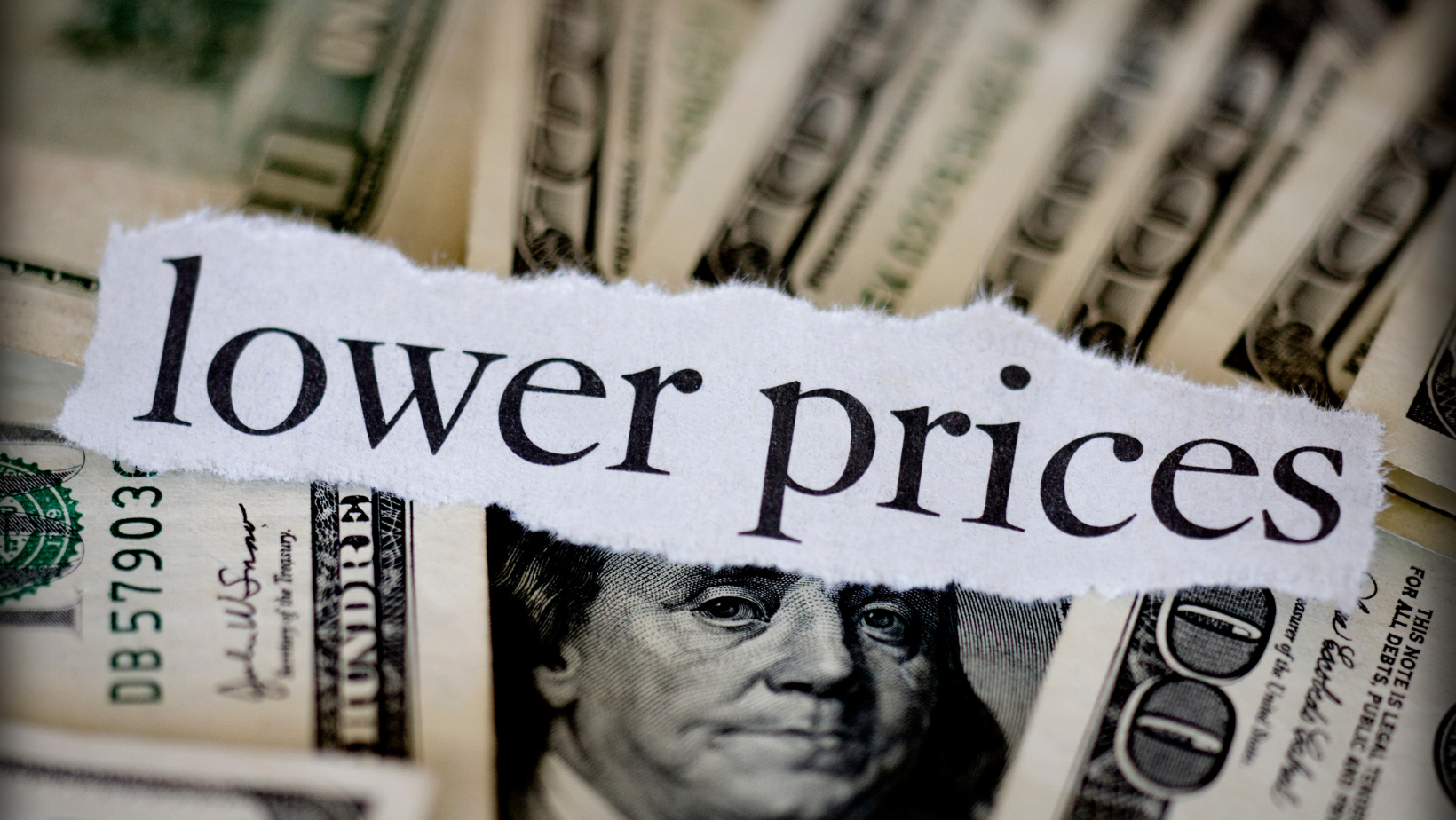On Monday, the Nasdaq Composite dropped as investors awaited corporate earnings reports from major tech companies and new economic data. The tech-heavy index closed at 12,037.20, down 0.29%, while the Dow Jones Industrial Average ended up 0.2% and the S&P 500 closed 0.09% higher. The market is eagerly anticipating earnings reports from high-interest companies like Alphabet, Microsoft, Amazon, and Meta this week, which marks the halfway point of earnings season. However, experts believe it may be difficult for tech stocks to rally on the back of financial reports as they have already significantly advanced this year.
In addition to earnings reports, investors closely monitor new economic data for insights into inflation and whether the Federal Reserve will announce another rate hike at its next meeting in May. GDP numbers for the first quarter and April’s consumer sentiment data are among the data points scheduled for release later in the week. While 76% of S&P 500 companies that have reported quarterly results so far have beaten analysts’ earnings estimates, first-quarter earnings for S&P 500 companies are expected to decline overall by 5.2%.

On Monday, energy saw the largest increase of 1.54%, followed by materials at 0.69% and health care at 0.56%. The overall change in all sectors was an increase of 0.09%. Information technology had the largest decrease at 0.42%, followed by real estate at 0.31% and financials at 0.20%. The communication services and consumer discretionary sectors also saw a slight decrease in stock prices.
Major Pair Movement

On Monday, the dollar index fell by 0.37% due to the euro’s strong gains, despite weakness in the yen. This is ahead of major central bank meetings this week and next, which are expected to confirm market beliefs that the ECB will take over the rate-hiking baton from the Fed this year, while the BoJ will not participate.
The euro was lifted by expectations of further ECB rate hikes of almost a full percentage point before year-end, as well as improving German business sentiment, the Bundesbank’s upwardly revised Q1 GDP expectations and strong euro zone PMI readings. ECB comments largely supported the rate-hike expectations. Meanwhile, the yen weakened due to BoJ Governor Kazuo Ueda’s statement that the policy would not be tightened at Friday’s meeting.
The sterling also rose, trading at its highest since April 14’s 10-month high at 1.2545, with the BoE further behind the inflation curve than the Fed. Investors are waiting for robust US data to further retrace March’s dive, and to see if the Fed will raise rates for the last time next week.
Technical Analysis
EUR/USD (4 Hours)
The EUR/USD started the week strong, reaching the 1.1050 level. However, doubts were raised about the sustainability of the move due to subdued activity and upcoming key data releases. Despite this, the Euro performed well on Monday, while the US Dollar weakened as risk appetite rose and US yields dropped. Wall Street’s equity prices turned positive, and US bonds rose, with the 10-year yield falling to 3.50% and the 2-year yield dropping to 4.14%. On Tuesday, the US will release data on the S&P/Case Shiller Home Price Index, New Home Sales, and Consumer Confidence, with Thursday’s Q1 GDP report being the most important.
The Euro was supported by expectations of more rate hikes from the European Central Bank (ECB), with ECB Governing Council member Pierre Wunsch stating that he would only agree to halt interest rate hikes once wage growth slows. The next ECB meeting is on May 4th, the day after the Fed’s meeting. Meanwhile, the German IFO survey showed mixed numbers, with the Expectations indicator improving from 91 to 92.2. Eurozone GDP data and German inflation will be released on Friday.
According to technical analysis, the EUR/USD pair has been exhibiting an upward trend, successfully surpassing previous resistance levels. At present, the price has climbed to the upper band of the Bollinger band, and it appears that the pair is making efforts to sustain its upward momentum. It is expected that the EUR/USD will reach a resistance level of 1.1073. The Relative Strength Index (RSI) currently stands at 71, indicating a bullish market for the EUR/USD.
Resistance: 1.1073, 1.1131
Support: 1.1042, 1.1000
XAU/USD (4 Hours)
On Monday, financial markets were cautious and spot gold (XAU/USD) consolidated at around $1,986 per troy ounce, with the safe-haven US dollar out of investors’ radar amid recession-related concerns. United States data, specifically the first estimate of the Q1 Gross Domestic Product (GDP) due to be published this week, could fuel, or cool such fears. The economy is expected to have grown at an annualized pace of 2% in the first quarter, lower than the previous quarterly reading of 2.6%. Meanwhile, European, and American stock markets struggled to attract speculative interest, trading a handful of points below their opening levels. The Nasdaq Composite was the worst performer, down 102 points. Government bond yields ticked lower, with the 10-year Treasury note yielding 3.52% and the 2-year note offering 4.15%.
According to technical analysis, the XAU/USD pair is approaching the $2,000 level, with its target set on the upper band of the Bollinger band after surpassing the middle band. This indicates the possibility of a higher movement today. The Relative Strength Index (RSI) currently stands at 53, having moved up from below, suggesting a potential for further upward movement.
Resistance: $2,005, $2,018
Support: $1,988, $1,974
Economic Data
| Currency | Data | Time (GMT + 8) | Forecast |
| USD | CB Consumer Confidence | 22:00 | 104.1 |


























